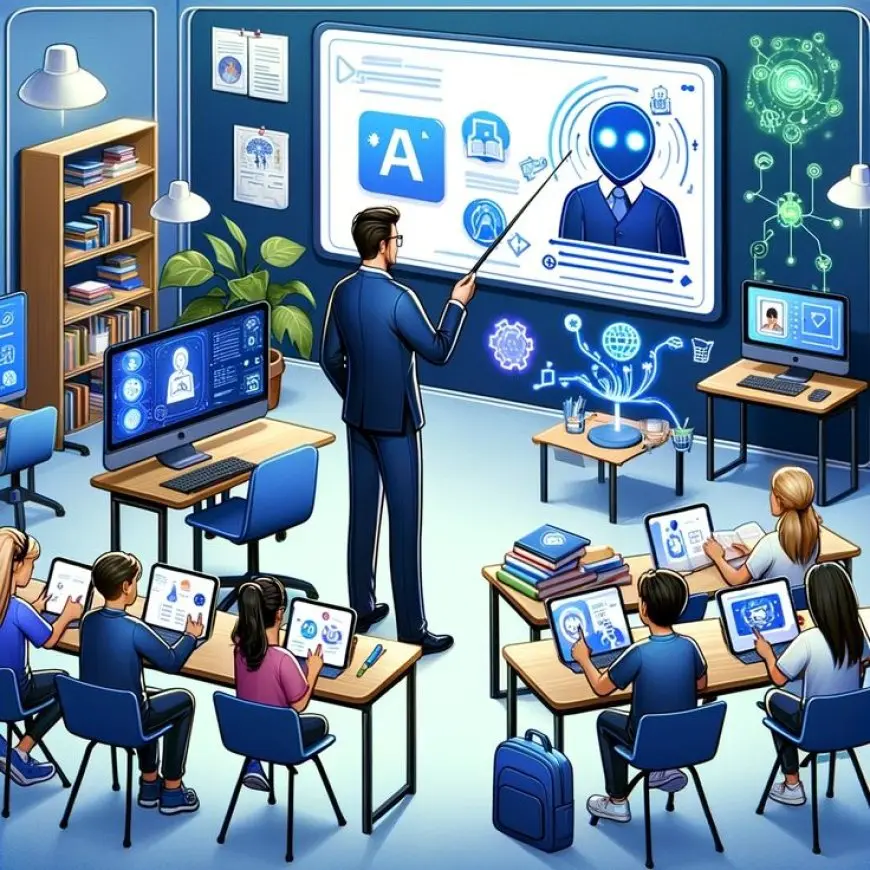How to Use Digital Tools for Effective Learning
How to Use Digital Tools for Effective Learning

In today’s world, digital tools have become essential for enhancing the learning process. They can help students access information, collaborate with peers, and practice new skills, all while making learning more interactive and engaging. Here’s how to effectively use digital tools for better learning outcomes:
Create a Structured Learning Plan Before diving into digital tools, students should create a clear plan of what they want to achieve. A digital tool like a calendar app or task manager can help organize study schedules, set reminders for assignments, and track progress toward goals. This keeps learning on track and prevents procrastination.
1. Utilize Online Learning Platforms
There are countless online platforms such as Coursera, Khan Academy, and Duolingo that offer interactive lessons and courses in almost every subject. These platforms allow learners to study at their own pace, access quality educational content, and take assessments to track their improvement.
2. Leverage Educational Apps for Skill Development
Many apps are designed to help learners develop specific skills, whether it’s mathematics, languages, or even coding. Tools like Photomath, Memrise, and Duolingo can help with quick practice and mastery of various concepts, making learning more effective and fun.
3. Engage in Virtual Collaboration
Collaboration is a key component of effective learning, and digital tools make it easier than ever. Using platforms like Google Classroom, Zoom, and Microsoft Teams, students can participate in virtual discussions, share resources, and work on group projects, regardless of physical distance.
4. Use Interactive Whiteboards and Mind Mapping Tools
Tools such as Jamboard and MindMeister help students visualize ideas and organize thoughts, making it easier to study complex concepts. Interactive whiteboards also allow for real-time collaboration, improving both individual and group learning experiences.
5. Take Advantage of Video Content for Better Understanding
Videos can provide visual explanations of difficult topics. Platforms like YouTube or educational websites offer step-by-step tutorials, subject explanations, and expert insights. Visual aids in video form often make complex topics more comprehensible and easier to remember.
6. Use Digital Note-Taking Tools
Instead of traditional pen and paper, digital note-taking apps like Evernote, OneNote, and Notion allow students to organize their notes, highlight key points, and sync across devices. These tools also enable students to add images, videos, and links, enhancing their study material with multimedia elements.
7. Explore Digital Simulations and Virtual Labs
In fields like science and engineering, virtual labs and simulations can provide hands-on learning experiences without the need for physical materials. Tools like PhET Interactive Simulations and Labster offer digital environments where students can conduct experiments and explore various scientific principles.
8. Track Your Progress with Analytics
Many digital learning tools provide built-in analytics to help students track their progress. For instance, platforms like Quizlet allow learners to track their performance in quizzes, while apps like Duolingo provide progress charts for language learners. Regularly reviewing these metrics helps learners identify areas that need improvement.
9. Minimize Distractions with Focus Tools
When using digital tools, it's easy to get distracted by social media or other unrelated content. Tools like Focus@Will or the Pomodoro Timer app help students stay focused by creating a structured learning environment. These apps block distractions and encourage productive study habits.
Digital tools, when used effectively, can transform the learning experience. From organizing study schedules to accessing vast online resources, these tools provide endless opportunities for learners. By incorporating digital tools into their educational routines, students can improve productivity, enhance understanding, and achieve better academic results.







